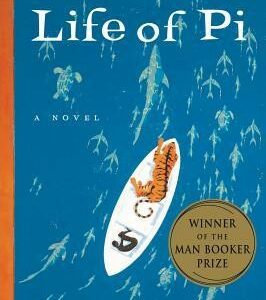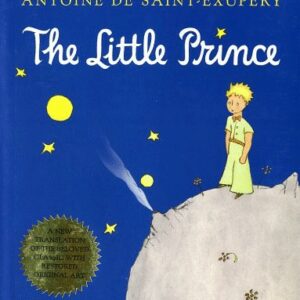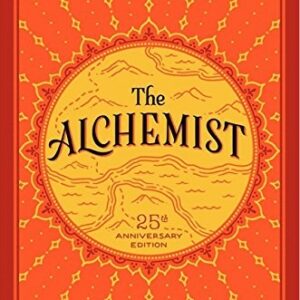Subtotal: $28.00
Blood, Sweat and Earth
$35.00
| Title | Range | Discount |
|---|---|---|
| Trade Discount | 5 + | 25% |
- Description
- Additional information
Description
Description
A sweeping history of our enduring passion for diamonds—and the exploitative industry that fuels it.
Blood, Sweat and Earth is a hard-hitting historical exposé of the diamond industry, focusing on the exploitation of workers and the environment, the monopolization of uncut diamonds, and how little this has changed over time. It describes the use of forced labor and political oppression by Indian sultans, Portuguese colonizers in Brazil, and Western industrialists in many parts of Africa—as well as the hoarding of diamonds to maintain high prices, from the English East India Company to De Beers. While recent discoveries of diamond deposits in Siberia, Canada, and Australia have brought an end to monopolization, the book shows that advances in the production of synthetic diamonds have not yet been able to eradicate the exploitation caused by the world’s unquenchable thirst for sparkle.
Natural industrial diamonds are now only a tiny proportion of the total volume of diamonds used for industrial purposes, largely overtaken by the fabrication of synthetic diamonds, estimated at 4.4 billion carats in 2015. Throughout history charlatans and scientists have been creating fake diamonds, but it was only in the early nineteenth century that scientists started to seriously attempt making synthetic diamonds that were physically as real as natural ones. The creation of artificial diamonds was successfully achieved for the first time in the 1950s by asea, Sweden’s largest electrical company (1953), and General Electric (1954). After artificial diamonds proved to be a great success in the industry, the idea grew that they also could be used in jewellery. As the United States Federal Trade Commission judged in July 2018, ‘lab-created products that have essentially the same optical, physical and chemical properties as mined diamonds are also diamonds.’ In the diamond sector itself, however, opinions are divided on how to deal with these so-called ‘lab grown’ diamonds. Some see them as fake, and a threat to old monopolies. De Beers first criticized lab-grown diamonds, but has now created a company, Lightbox, to market them, although the name of De Beers is conspicuously absent from the website. Several jewellers think lab grown diamonds are the future of the industry, and one designer told the New York Times that artificial diamonds offered ‘the chance to create a high-end, ethical collection that stood for modernity’.
Perhaps it is true that the current ability to grow diamonds in laboratories has begun to erode the glamorous reputation diamonds enjoyed for centuries, but it can easily be argued that it lays bare how much of a missed encounter with history it has been not to have deconstructed the glamour of diamonds earlier. By the end of the twentieth century the scandal of ‘blood diamonds’, stones mined in conflict zones and smuggled to Europe to finance wars in Africa, was exposed by NGOs, and the industry swiftly reacted by creating certificates to guarantee clean diamonds. In the end, however, these ‘Kimberley Certificates’ were the subject of abuse and falsification, and the mining of diamonds quickly resumed as usual. Consumption grew further, and the ever-continuing human and environmental abuse that has surrounded diamond mining since the very beginning disappeared once more from the public eye.
While revealing the practices underlying the trade in these blood diamonds did some good, it did not eradicate the historical wrongdoings, and, in a sense, it made them even less palpable. In the public eye, and despite efforts by certain NGOs and journalists to demonstrate otherwise, blood diamonds were all about Africa and violent African warlords. Such a narrow interpretation vilifies African nations without fully acknowledging the involvement of Western governments, traders and mining managers, a way of thinking that fits outdated neocolonial, Eurocentrist and Western-superiority narratives. It is also an interpretation that is fundamentally ahistorical. The dark side of diamonds is very old, older than its brightly shining side. When one looks at the history of diamond mining and trading, one can see a long and exhausting narrative of wealth accumulation into a few hands, an accumulation fueled by the blood and sweat of millions of anonymous miners and cutters, who were forced to work in tyrannical and unhealthy circumstances for little to no wage. The history of diamonds is a history of racial exploitation and social inequality, of a rich elite benefiting from the labour and doomed dreams of the poor, who continue to work in underground mines and dangerous rivers, in the hopes of one day finding a diamond that will set them free.
Additional information
Additional information
| Dimensions | 2 × 6 × 9 in |
|---|









